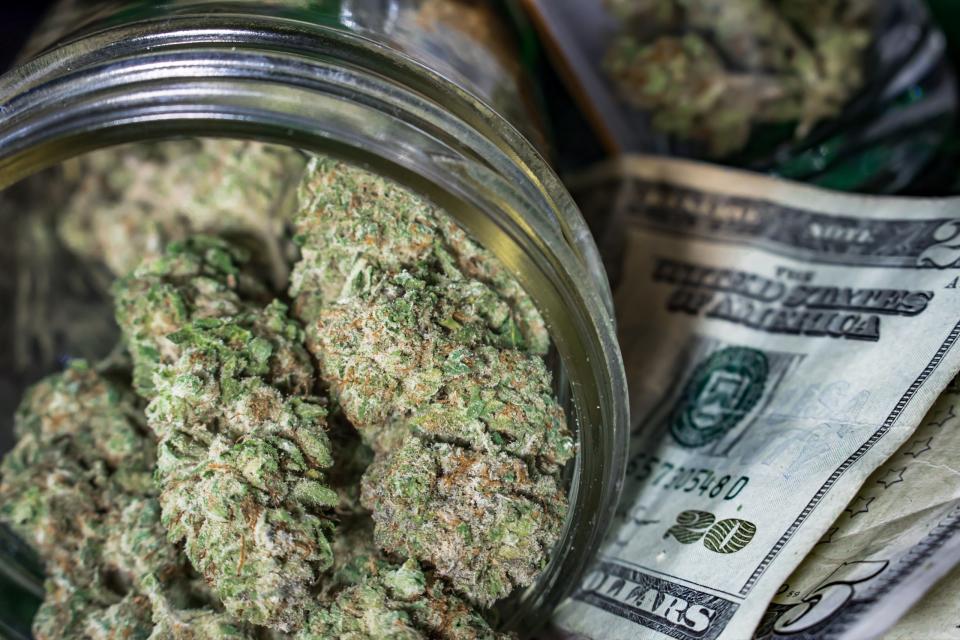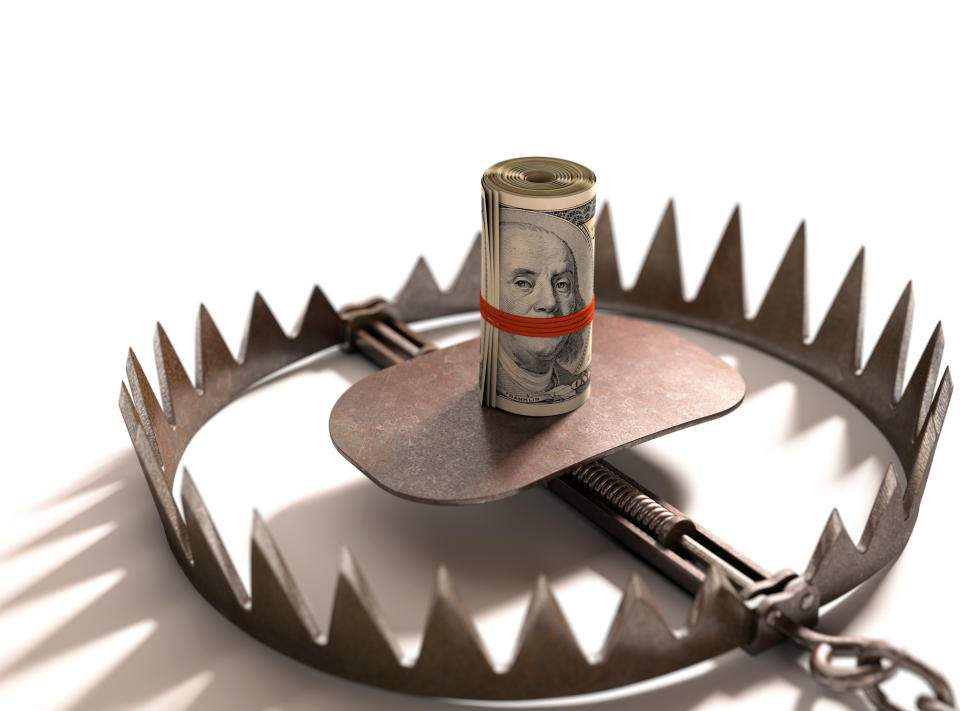How Did Tilray Stack Up to the Competition?
In the market for licensed Cannabis, Tilray (NASDAQ: TLRY) only has three larger competitors. Aurora Cannabis (NYSE: ACB), is much larger than Tilray, and Cronos Group (NASDAQ: CRON) is nearly the same size. Canopy Growth's $15.4 billion market cap is more than three times Tilray's size, and since Canopy hasn't reported yet, it's going to sit this round out.
Tilray, Aurora, and Cronos recently reported first-quarter earnings that were not inspiring. Adult-use sales began last October, which made the three-month period that ended in March the first full quarter since adult-use sales began disappointing everyone last October.
Is Tilray executing its plan as well as its potential competitors? Let's look at some raw numbers from their first-quarter reports to see how they measure up to each other.

Image source: Getty Images.
Most improved top line
In terms of revenue, Tilray's sales increased at a faster rate than its larger peers. During the first three months of 2019, Tilray reported CA$30.9 million in total revenue, which was 48% more revenue than during the last three months of 2018.
Over the same time frame, top-line revenue at Aurora Cannabis grew 20% to CA$65.1 million, and Cronos Group came in last, with revenue that rose just 16% to a meager CA$6.5 million.
Cost of sales
Top-line revenue growth is a good place to start, but it doesn't tell us much about how well these businesses are executing their game plans. Unfortunately, Tilray isn't looking like an efficient cannabis producer right now. During the first quarter, Tilray's cost of goods sold was so high that the company produced a gross profit of just CA$7.2 million, or around 23% of revenue.
Aurora was far more efficient than Tilray in the first quarter, with a gross profit that reached 66% of revenue. Cronos Group couldn't outperform its larger competitor, but a 54% gross margin in the first quarter still beats Tilray's performance by a mile.
Investors should know that Tilray had to source 26% of the cannabis it sold in the first quarter from third parties, which drove up costs. In February, Tilray acquired Natura Holdings, a large licensed cultivator that could help the company's gross margin catch up to its peers.

Image source: Getty Images.
Operating efficiency
Tilray's new High Park Processing Facility received its license in the first quarter and transitioned operations from a temporary setup to one better suited to processing cannabis into oils and edibles. This development should increase Tilray's operating margin, but it might not be enough to break even.
In the first quarter, Tilray reported sales, general, and administration (SG&A) expenses that reached CA$27.8 million. That worked out to 383% of the gross profit available to pay those expenses during the period, and SG&A expenses aren't likely to decrease without closing buildings and axing employees.
During the same time frame, Aurora's SG&A expenses reached CA$67.1 million, which was 185% of the company's gross profit before fair value adjustments. By this yardstick, Cronos scored nearly as poorly as Tilray, with SG&A expenses that climbed to 319% of gross profit before fair value adjustments.
Cash position
The good news is that Tilray might not need to ask for more money from shareholders for a while. The company finished March with US$325 million in cash and investments after losing $30.3 million during the quarter.
To avoid another value diluting share offering, SG&A expenses need to hold steady. Tilray also needs to start selling only its own cannabis instead of sourcing it from somewhere else at great expense.

Image source: Getty Images.
Risk to reward
If you're thinking Tilray looks pretty good at its reduced price, you haven't looked closely at its valuation yet. At recent prices, Tilray's still a $4.4 billion company that will struggle to break even.
International sales made up 8% of total cannabis revenue in the first quarter, and if this segment doesn't rocket higher this stock will slide much further. That's because the market for licensed cannabis in Canada isn't growing. In February, kilograms of cannabis oil and dry flower sold weren't any higher than during December.
At the end of February, there was enough ready-for-sale cannabis oil in the supply chain to last through next Valentine's Day, and the same could be said for dry flower. Since there isn't much of a supply shortage to fix, this probably isn't a temporary situation. There are dozens of different licensed producers, and the 10 largest will be able to supply the entire Canadian market for licensed cannabis while running at just one-sixth of their intended capacity.
If international sales don't soar, or Canadian sales don't start growing again, Tilray shares at recent prices will never provide long-term gains. Unless Health Canada loosens up, licensed cannabis sales will probably top out at $1.5 billion annually. At the very least, Tilray needs to gain a majority share of its available market to support its lofty valuation.
Altogether, Tilray didn't perform much worse than Aurora during the first quarter and perhaps a bit better than Cronos. Unfortunately, mediocre performances aren't going to help this stock improve your portfolio balance.
More From The Motley Fool
Cory Renauer has no position in any of the stocks mentioned. The Motley Fool has no position in any of the stocks mentioned. The Motley Fool has a disclosure policy.

